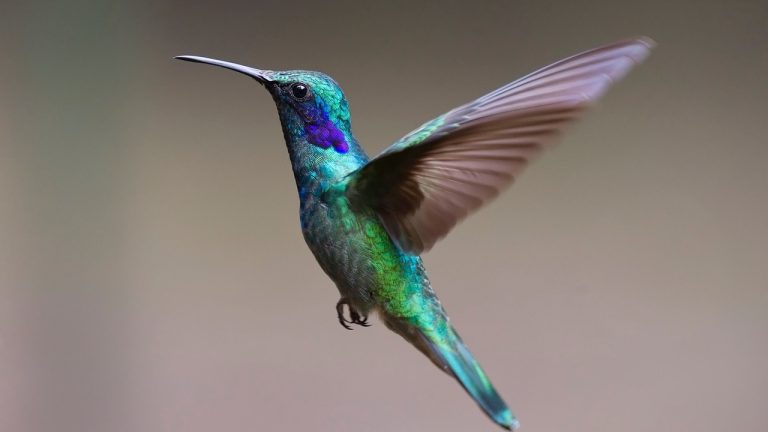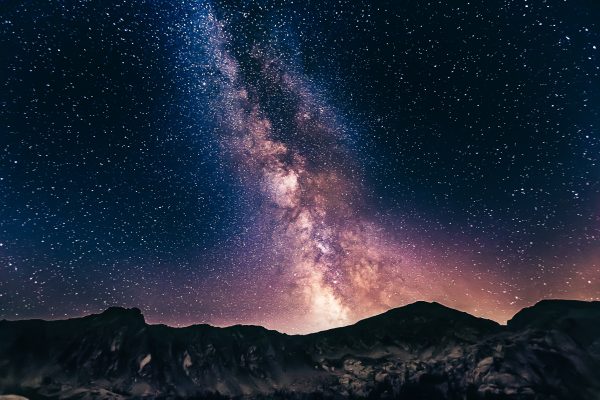Photography isn’t just about snapping a picture — it’s about capturing a moment, telling a story, and conveying emotions. Wildlife photography, especially, presents the opportunity to freeze the spontaneity and beauty of the natural world. In this guide, we dive deep into the realm of wildlife photography, highlighting the magic of capturing birdlife in their natural habitats.
How to Photograph Birds
Bird photography requires a blend of patience, observation, and technique. Let’s unravel the secrets behind capturing awe-inspiring photos of our feathery friends.
1. Understanding Bird Behaviour
To effectively photograph birds, one must spend time observing and understanding their behaviour. Patience is key in identifying the perfect moment to capture a bird in its natural state. How does the bird interact with its surroundings? When does it engage in particular behaviours? Answering these questions will enrich your photography.
2. Equipment Matters
Choosing the right gear is crucial for bird photography. A DSLR or mirrorless camera paired with a lens of at least 200mm is usually recommended. You might also need a sturdy tripod, a camouflage tent or clothing, and possibly a remote trigger.
3. The Magic of Lighting
In photography, light is everything. Early morning and late afternoon light create warm, golden hues that can enhance your images dramatically. Overcast days can also offer a soft, even light that minimizes harsh shadows.
4. Mastering Composition
Understanding composition rules, such as the rule of thirds, can help create balanced and appealing bird photographs. Consider the bird’s environment, the direction of its gaze or movement, and use these elements to create a dynamic composition.
5. Post-processing Techniques
After the shoot, post-processing can elevate your images to the next level. Software like Adobe Lightroom and Photoshop can help adjust exposure, correct colours, crop for composition, and remove unwanted distractions.
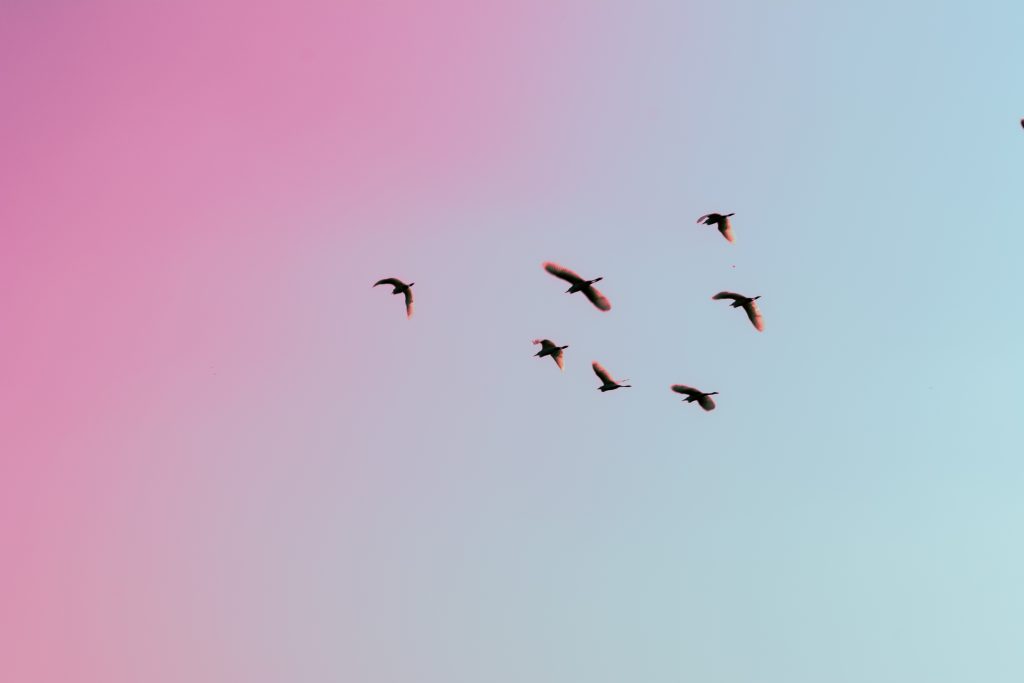
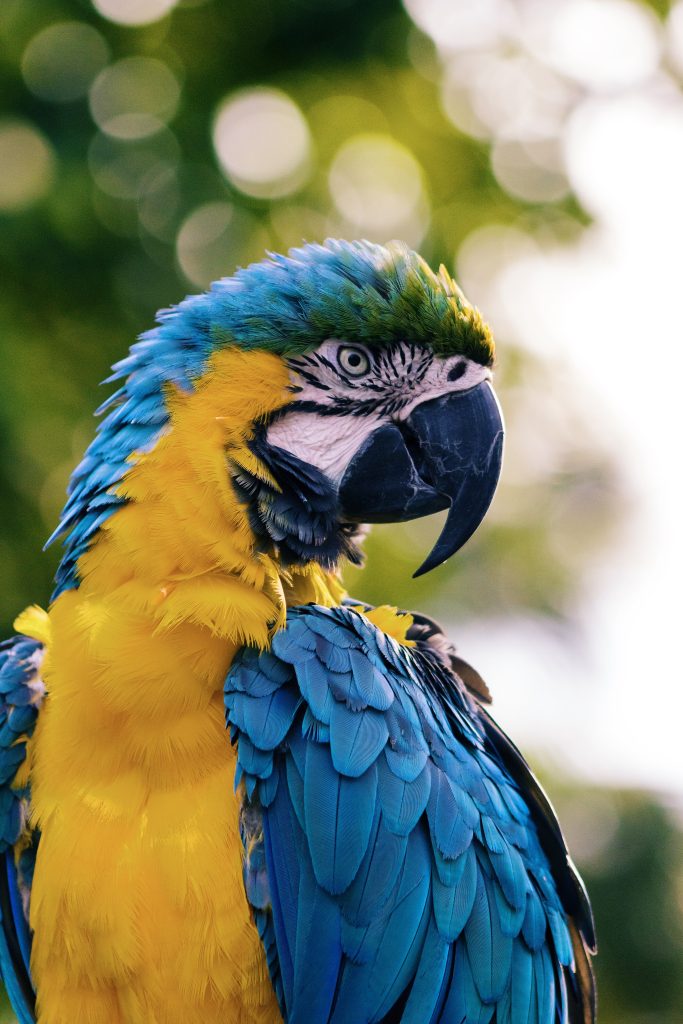
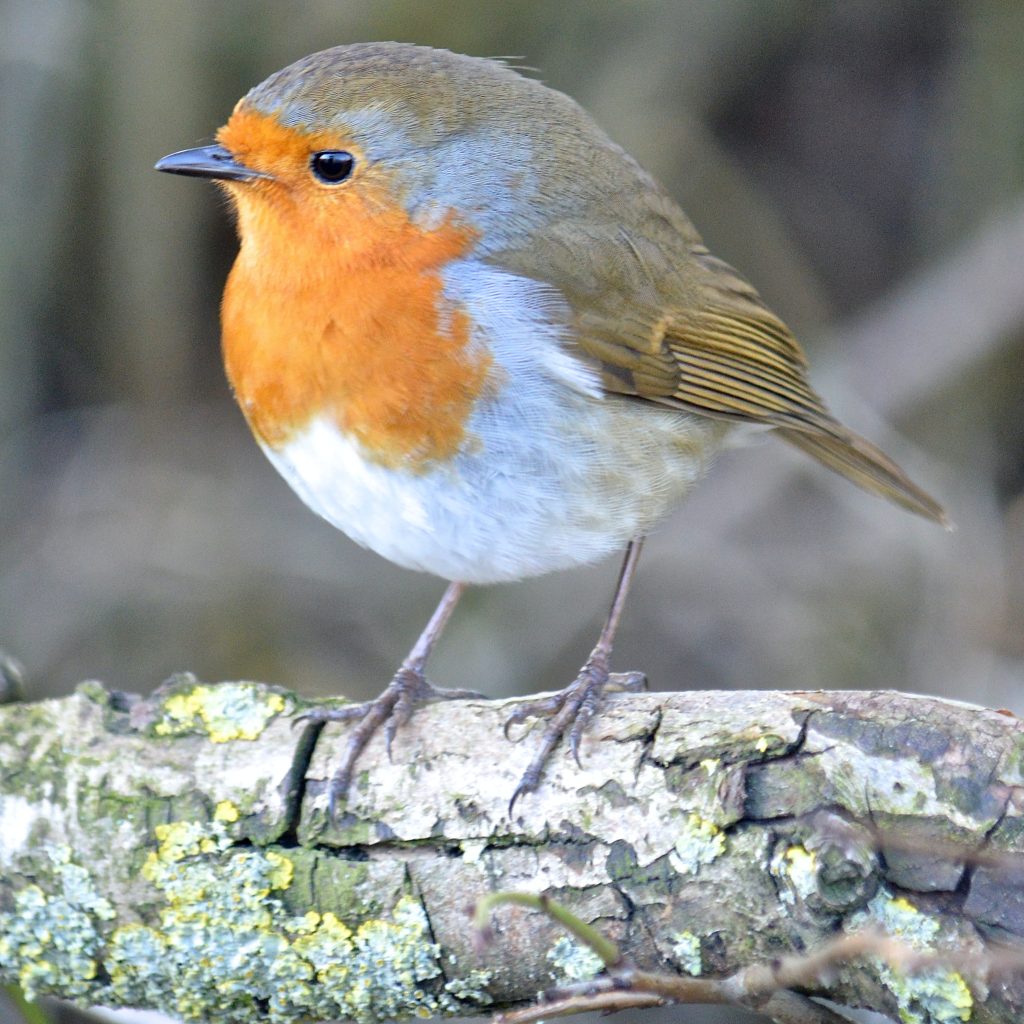
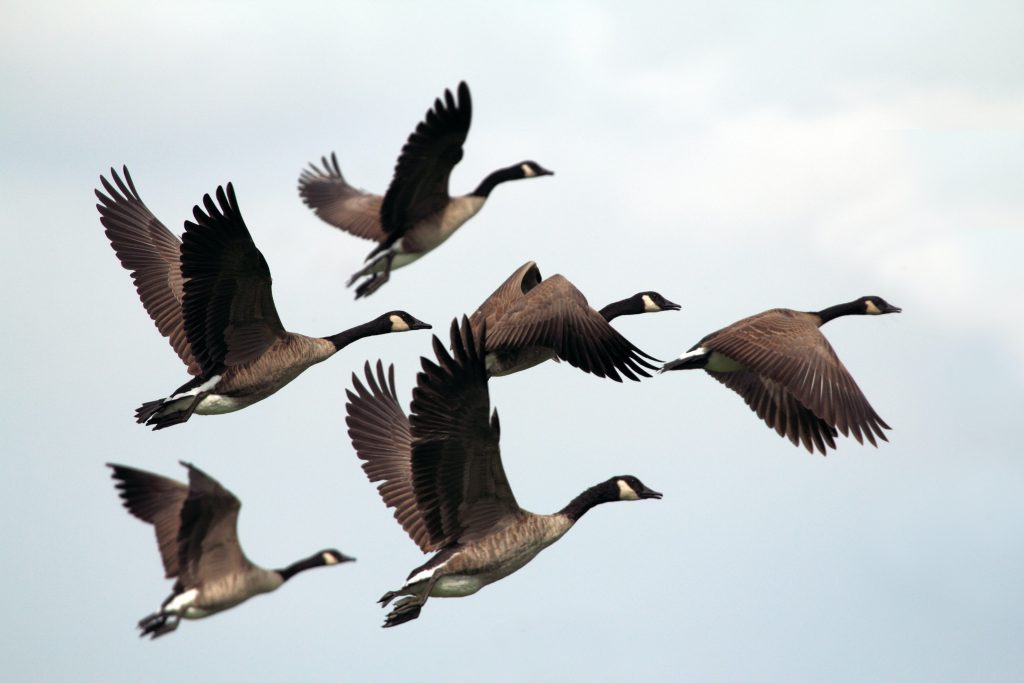
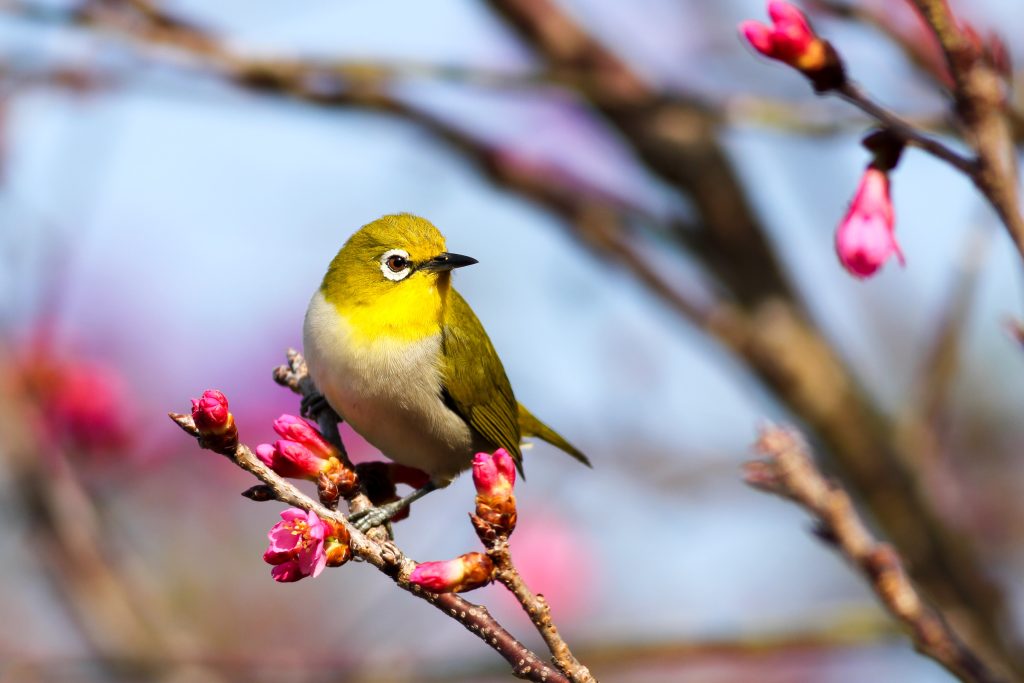
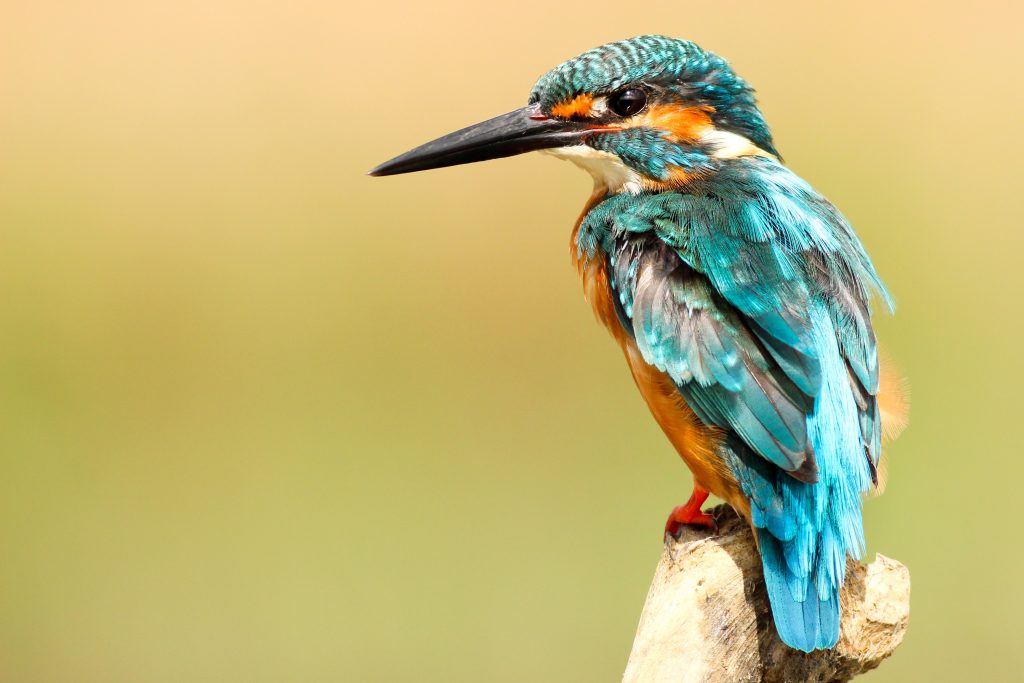
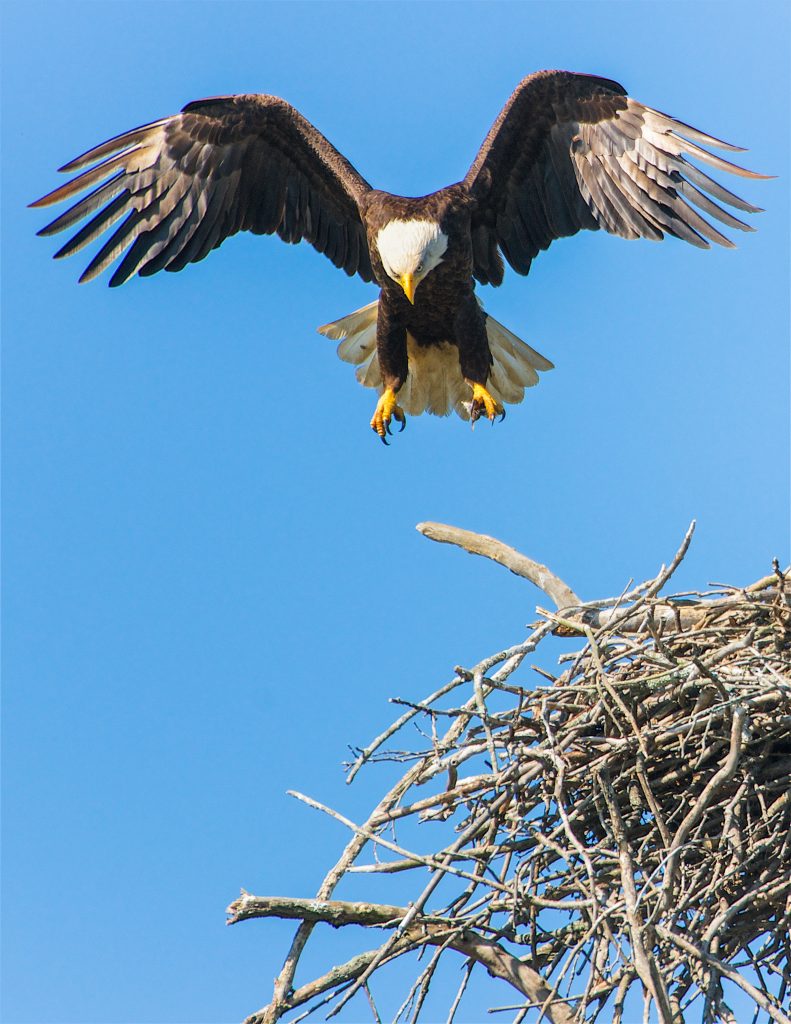

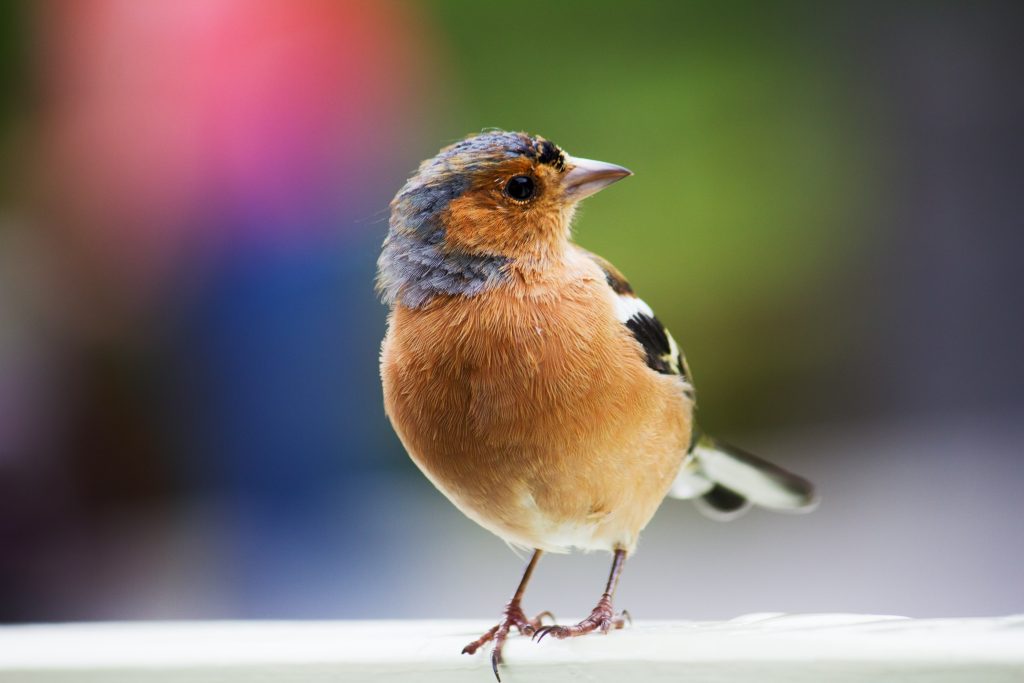
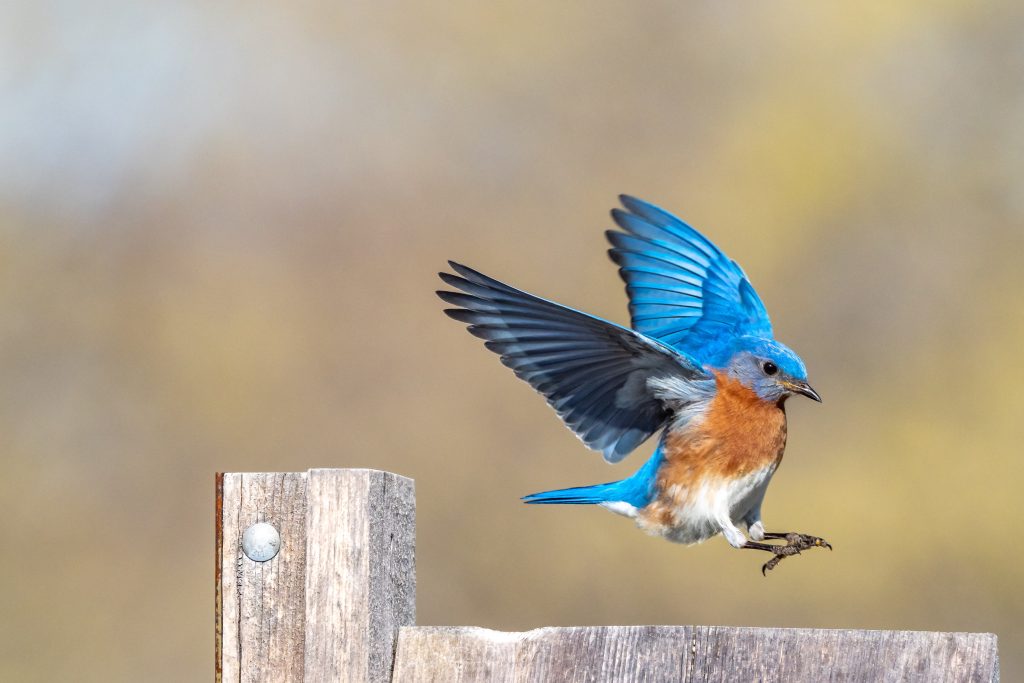
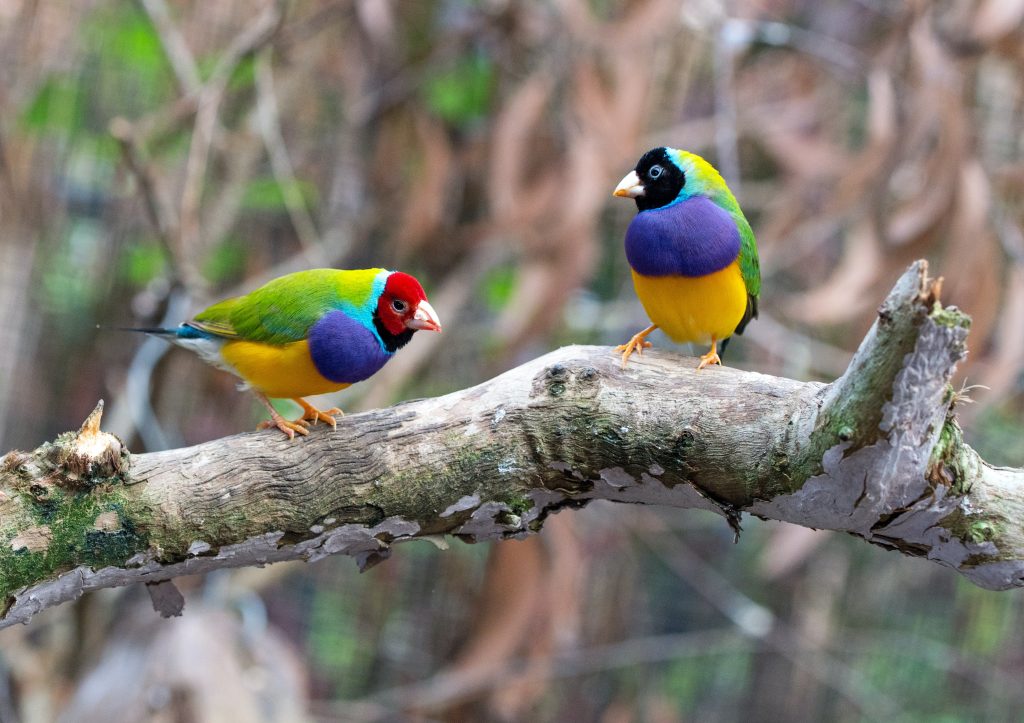
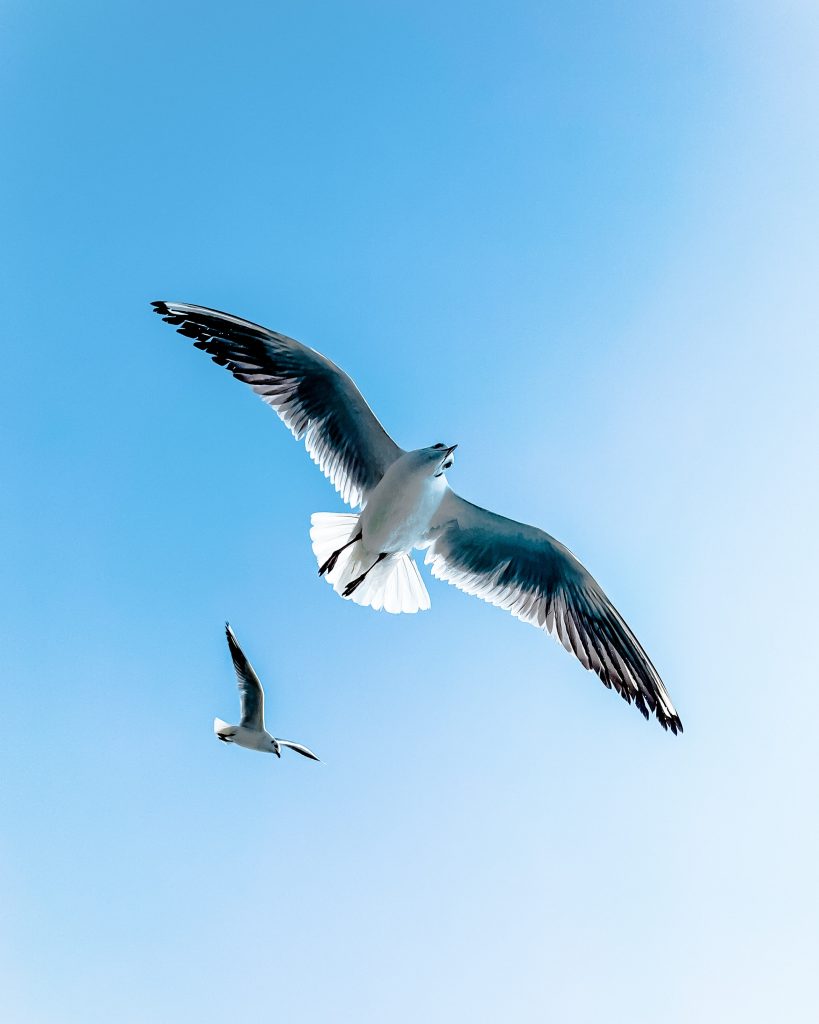
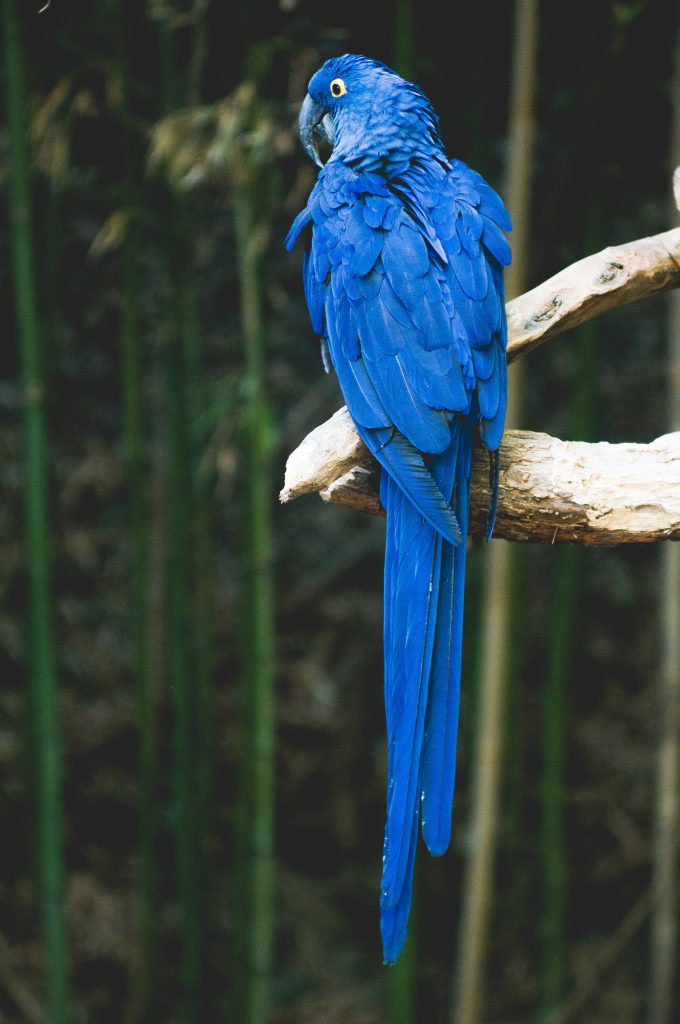
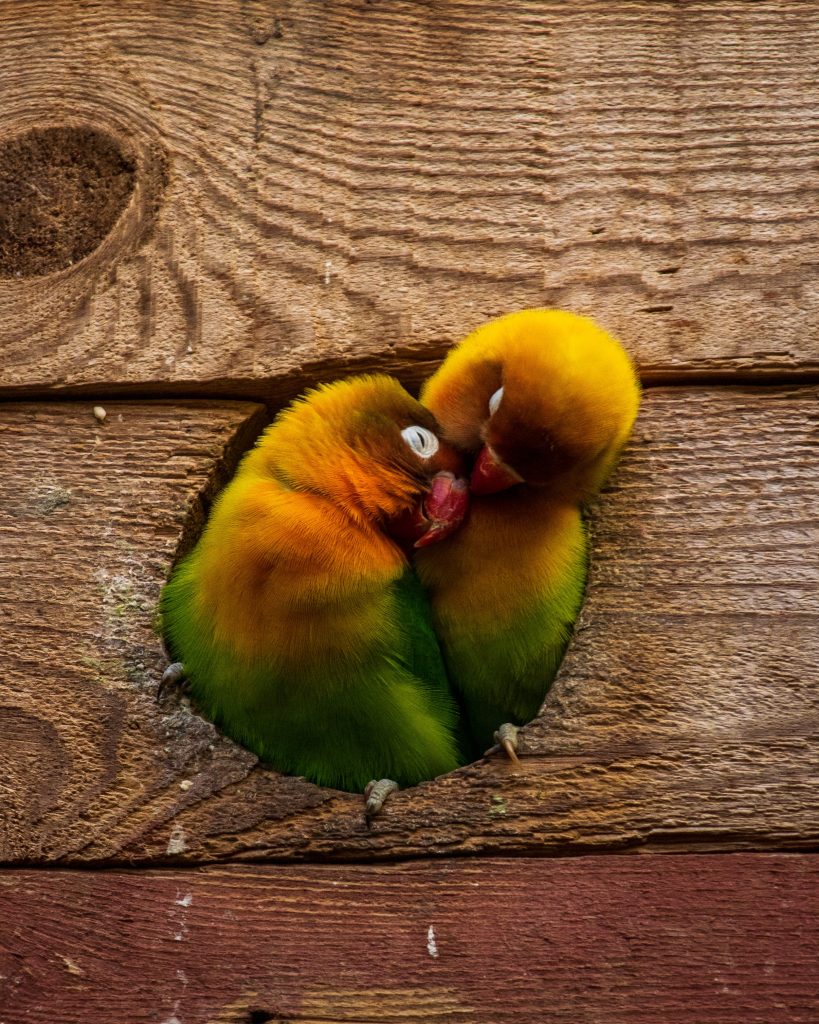
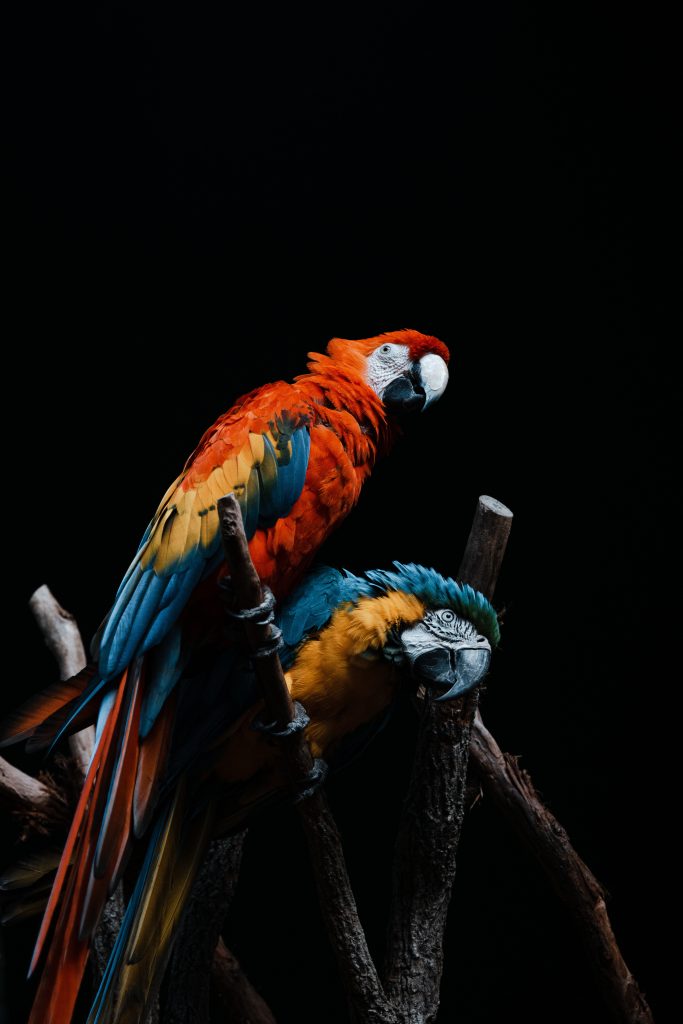
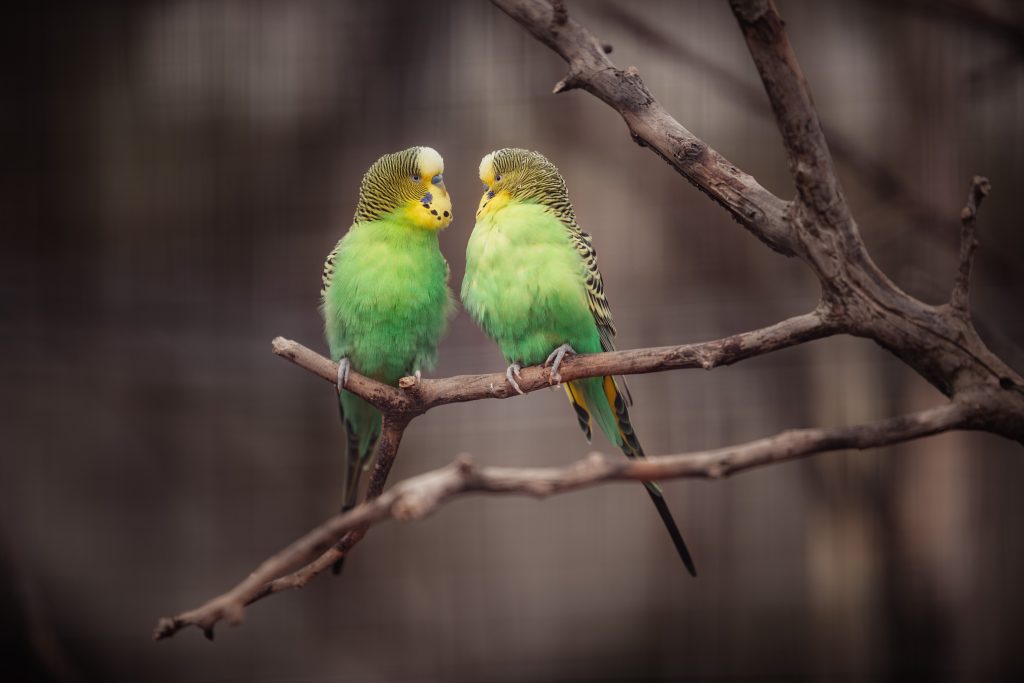
Unveiling the Unknown: Frequently Asked Questions
1. What is the best time to photograph birds?
Birds are typically most active during the early morning and late afternoon, also known as the ‘golden hours’ in photography.
2. How can I attract birds for photography?
Using bird feeders or bird baths in your backyard can attract a variety of birds, providing ample photography opportunities.
3. What camera settings should I use for bird photography?
Fast shutter speeds (1/1000s or faster) can help freeze the action, while a wide aperture (f/2.8 – f/8) can keep the bird in focus against a blurry background. Also, consider using continuous or burst shooting mode.
4. How do I focus on a bird in flight?
Use continuous or tracking autofocus (AI Servo for Canon, AF-C for Nikon) to keep focus on a moving bird. Practising panning techniques can also be beneficial.
5. What lens is best for bird photography?
Lenses with focal lengths of 400mm to 600mm are often used in bird photography, offering the necessary reach to photograph birds from a distance without disturbing them.
6. Can I photograph birds with a smartphone?
Yes, though limited by their fixed lens and smaller sensors, smartphones can still capture respectable bird photos, especially with the aid of attachable telephoto lenses or digiscoping techniques.
Wildlife photography, specifically bird photography, can be a gratifying pursuit, requiring an amalgamation of patience, observation, technical
skills, and creativity. Remember, the best part of the process is not just the stunning images you’ll take home, but also the connection you forge with nature along the journey. So grab your camera, step outside, and let the adventure begin!
